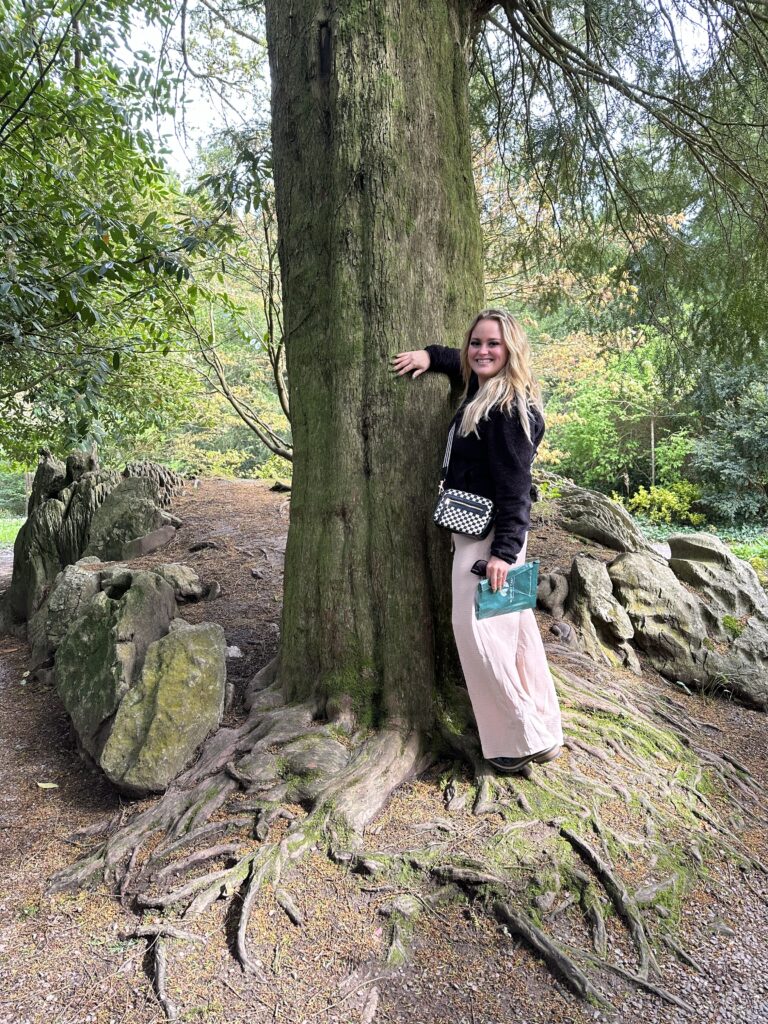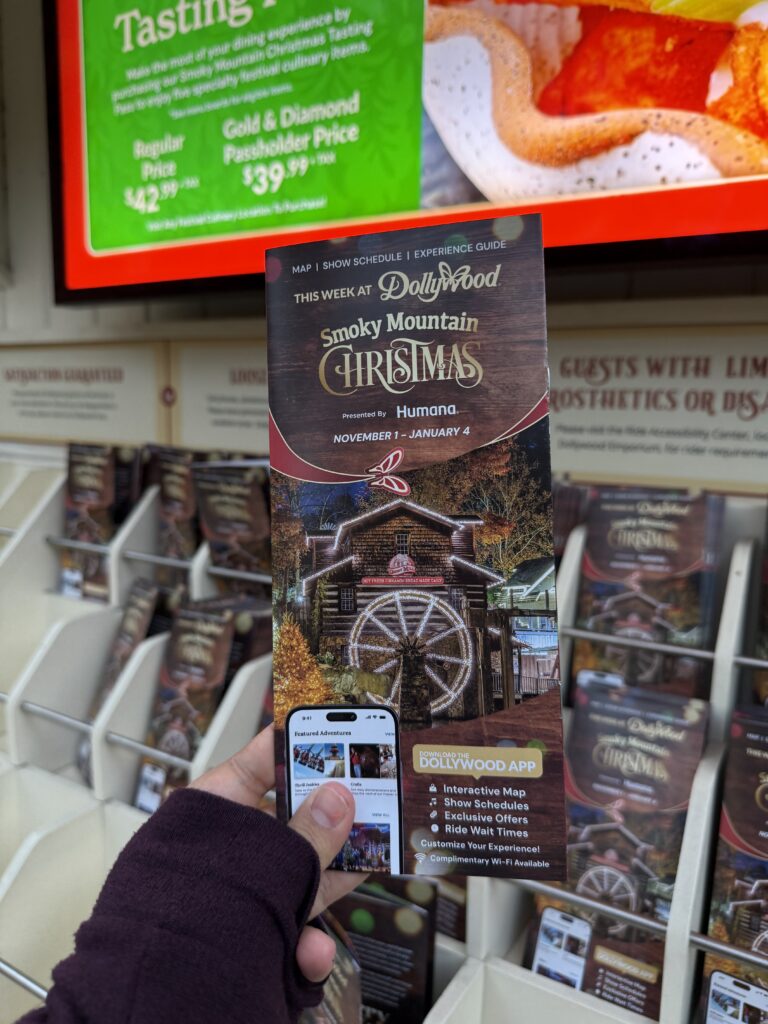Overview
Introduction
Brighton, England, originally became a fashionable town in the 18th century, when the Prince of Wales (later George IV) built and took up occasional residence at the Royal Pavilion. Today, it is a hip, vibrant, and free-spirited city that mixes an elegant Regency heritage with eccentric bohemian cool—there's no place in England quite like it.
Stroll down the 17th-century lanes (alleyways) past Georgian homes and 19th-century churches and visit the spectacularly ornate onion-domed Royal Pavilion. Opposite the Royal Pavilion is the Brighton Museum & Art Gallery, which takes advantage of interactive technology to showcase diverse collections of design, fashion, 19th-century ceramics and fine art.
You can also relax at Brighton Beach, where decadent beach parties are held in summer, and visitors in May can check out the international arts festival.
Located 45 mi/70 km south of London, Brighton is best seen as a day trip by train from London's Victoria or London Bridge stations.
Overview
Introduction
Brignoles is a large market town and serves well as a central base from which to explore Provence. The town's history is as an aluminum and bauxite mining center, but more recently has moved towards agriculture, particularly wine-making and olive farming, as well as some light industry. It is known in the region for its excellent olives and olive oil, honey and peaches.
The annual wine fair, which takes place in the first half of April, is a popular event (https://foiredebrignoles.fr).
Relax at the pleasant Place Caramy in the city center, and drink or eat in one of its many outdoor cafes and restaurants. Take a walk in the old medieval town, which is a short distance from the center and dates from the Middle Ages, all the way back to the 18th century.
The tourist office is located at Place des Augustins. Phone 4-9469-0178.














































